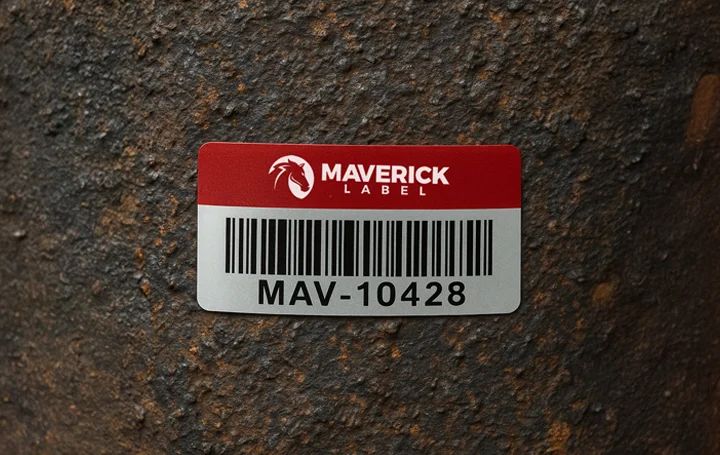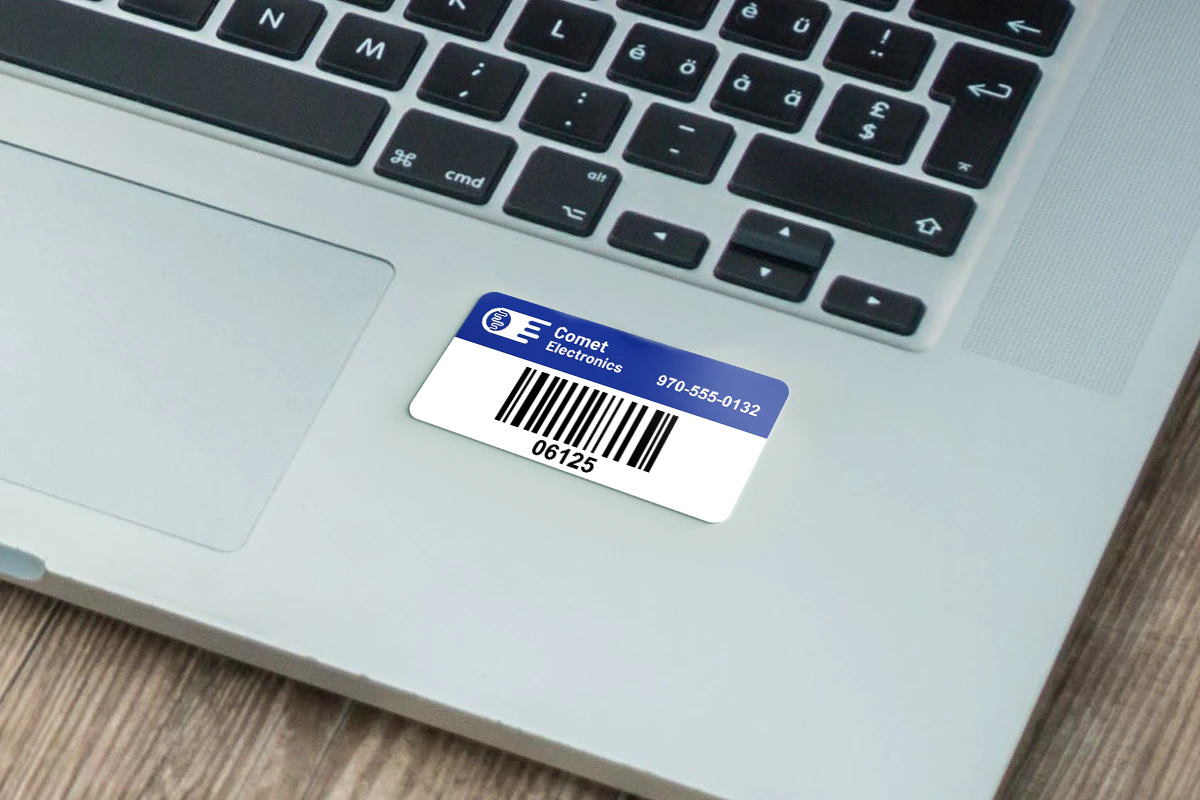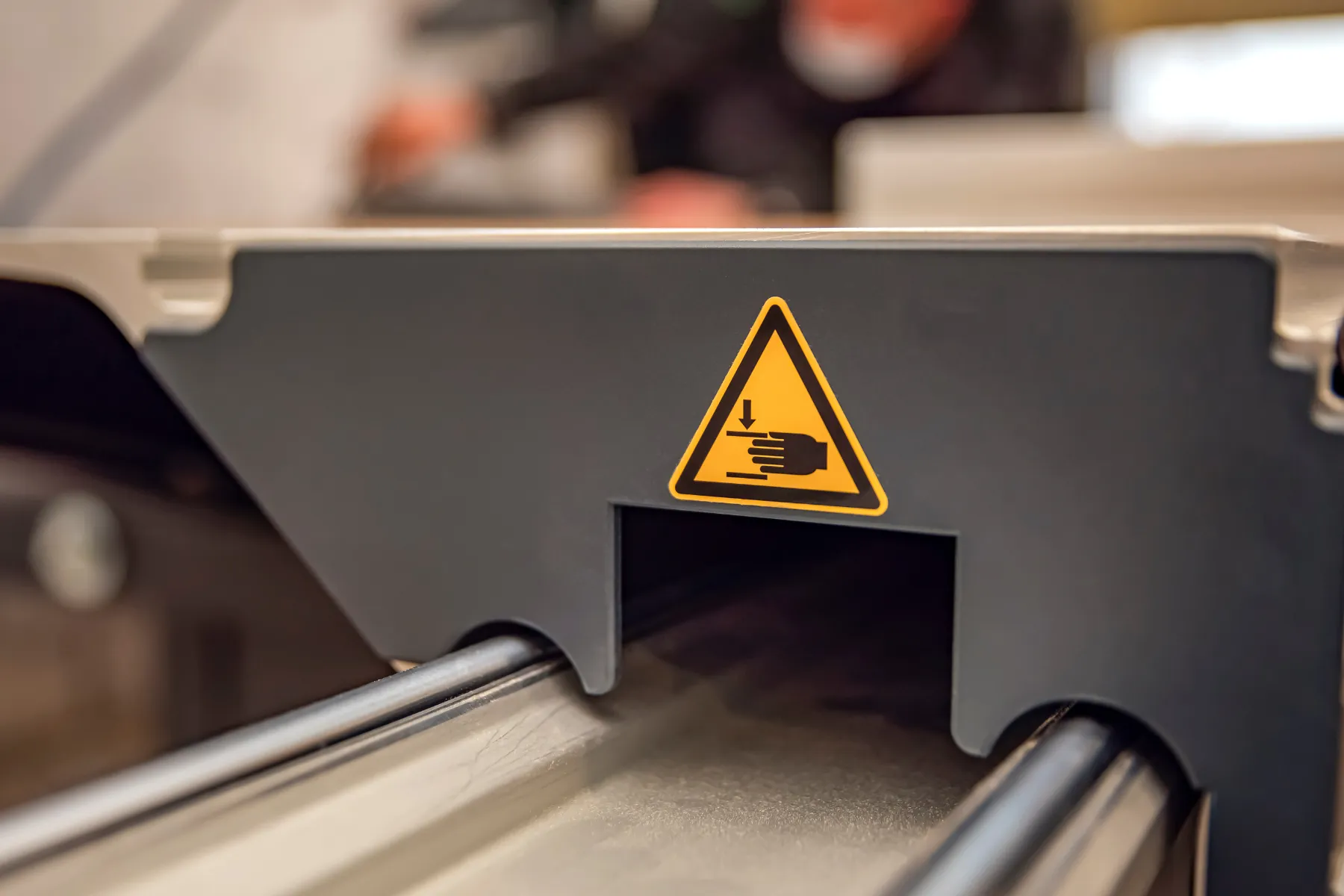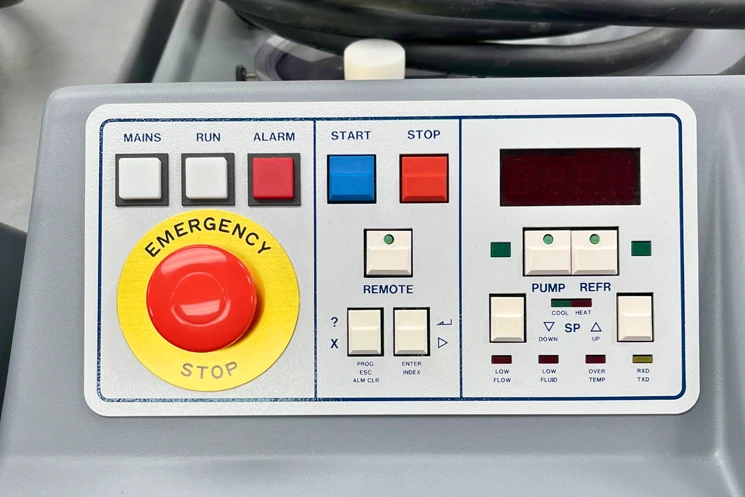Asset tracking in hazardous remote environments demands rugged, reliable tools—because losing critical equipment in a mine, offshore rig, or remote military base isn’t just inconvenient, it’s expensive and risky.
The key? Weatherproof, metal, and tamper-proof asset tags paired with scanning technology that keeps records accurate even when centralized systems can’t reach the field.
Why Standard Tracking Fails in Harsh Conditions
Most standard tags and labels are made for offices or controlled warehouses. But extreme heat, freezing cold, moisture, UV exposure, chemicals, or heavy impacts destroy paper and low-quality plastics fast—leaving assets untracked and vulnerable.
Common failures include:
- Labels fading or peeling off machinery exposed to sun, rain, or snow
- Tags cracking or becoming unreadable from extreme temperatures or rough handling
- Stolen or swapped assets with no proof due to missing tamper evidence

How Durable Tags Enable Accurate Tracking
Using anodized metal and anodized aluminum foil asset tags with permanent adhesives gives each piece of equipment a scannable ID that stays attached, even in oil fields or mountain mines.
Tamper-proof tags add another layer, showing clear signs if someone tries to remove or alter them—essential for high-value assets or tools critical to safety.
Features to look for in rugged tags:
- Metal or anodized aluminum foil material for maximum resistance to corrosion and abrasion
- UV-stable and chemical-resistant finishes so barcodes or serials stay legible
- Tamper-evident designs that break apart or display “VOID” if tampered with
- Industrial adhesives rated for metals, painted surfaces, and textured equipment
How to Set Up Asset Tracking for Hazardous Remote Environments
- Label Before Deployment
Apply durable tags before assets leave central facilities—outfitting each item with a unique, serialized ID. - Use Rugged Barcode Scanners or Mobile Apps
Equip field teams with scanners rated for dust, moisture, and impacts so they can scan assets reliably on-site. - Document Transfers and Usage
Require teams to scan assets at hand-offs, check-ins, or inspections, creating a time-stamped audit trail. - Sync When Connectivity Allows
Use software that stores scans offline and syncs data when internet or satellite connections are available. - Regularly Inspect and Replace Tags
Build tag inspections into maintenance schedules—replacing any that become unreadable or damaged.
Snapshot: Mining Operation Saves $100K Annually
A mining company operating across remote sites in arctic and desert environments struggled with lost tools and equipment misplacement.
By switching from standard paper labels to metal barcode tags with tamper-evident features, they reduced missing assets by 90% and cut equipment replacement costs by over $100,000 per year—while making audits faster and more accurate.

Connect Field Tracking to Smarter Asset Management
Durable tags are just one piece of making sure your equipment stays visible and secure throughout its life. For a closer look at strategies that help you track and manage assets from purchase to retirement, check out our post on asset management.
Asset Tracking Hazardous Remote Environments FAQs
Harsh conditions, long distances, and lack of oversight make it easy for assets to be misplaced, damaged, or taken without tracking systems.
Metal or anodized aluminum tags with UV-stable finishes and industrial adhesives stay readable and attached in tough weather or heavy use.
They show clear signs if someone tries to remove or alter a tag, making theft or unauthorized transfers obvious even when managers aren’t on-site.
Yes—scanned data can be synced with asset management platforms when connectivity is available, keeping records centralized and up-to-date.
It cuts replacement expenses, avoids downtime from missing tools, and makes audits faster and more accurate—saving both time and money.



